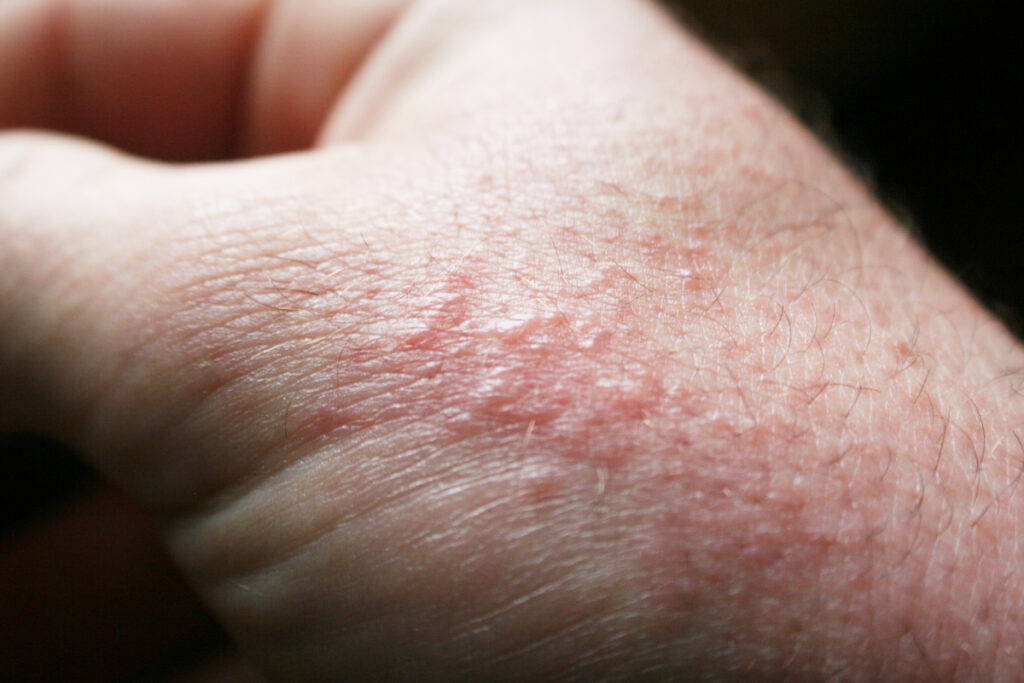Summer is a season many look forward to, but the heat and humidity can cause uncomfortable skin issues like heat rash. Also known as prickly heat or miliaria, heat rash occurs when sweat ducts become blocked and trap sweat under the skin, leading to red bumps, itching, and irritation. Knowing how to prevent heat rash in summer is essential to keep your skin healthy and comfortable during hot weather.
In this article, we’ll explore the causes of heat rash, prevention strategies, and effective skin care tips to help you enjoy summer without the irritation.
What Is Heat Rash?
Heat rash appears as clusters of tiny red bumps or blisters, often accompanied by itching or a prickly sensation. It most commonly occurs in areas where sweat accumulates and friction happens, such as the neck, chest, back, armpits, and groin.
Heat rash develops when sweat glands become clogged, preventing sweat from escaping. This trapped sweat causes inflammation and discomfort.
Common Causes of Heat Rash in Summer
- High temperatures and humidity: These increase sweating and clog pores.
- Tight or non-breathable clothing: Synthetic fabrics can trap heat and moisture.
- Prolonged physical activity: Excessive sweating during exercise or outdoor work.
- Poor hygiene: Sweat and dirt build-up can exacerbate blocked pores.
- Skin irritation from products: Some lotions or creams may clog pores or cause sensitivity.
How to Prevent Heat Rash in Summer
Here are practical tips on how to prevent heat rash in summer to protect your skin from heat-related irritation:
1. Wear Loose, Breathable Clothing
Opt for lightweight fabrics like cotton or linen that allow air circulation and wick away moisture. Avoid tight or synthetic clothes that trap sweat.
2. Keep Cool and Dry
Stay in shaded or air-conditioned environments during peak heat hours. Use fans or cool showers to lower body temperature. Pat skin dry thoroughly after sweating or bathing.
3. Maintain Proper Hygiene
Shower regularly to remove sweat and bacteria that can clog pores. Use mild, fragrance-free cleansers that do not irritate skin.
4. Avoid Heavy or Oily Skin Products
Heavy creams and oily lotions can block sweat ducts. Choose lightweight, non-comedogenic moisturizers that hydrate without clogging pores.
5. Use Talcum Powder or Cornstarch
Applying a light layer of talcum powder or cornstarch on prone areas can absorb excess moisture and reduce friction.
6. Limit Physical Activity During Peak Heat
Schedule outdoor activities during cooler parts of the day and take frequent breaks to cool down.
7. Stay Hydrated
Drinking plenty of water helps regulate body temperature and reduces excessive sweating.
Additional Skin Care Tip: Using the Best Silicone Facial Cleansing Brush
Maintaining clean skin is crucial for preventing clogged pores that contribute to heat rash. Incorporating gentle exfoliation and cleansing tools, like those reviewed in the Best Silicone Facial Cleansing Brush Review, can help keep your skin clear of sweat, dirt, and dead skin cells without irritation.
Silicone brushes are gentle, hygienic, and easy to clean, making them ideal for daily use during summer months to maintain skin health.
Table: Heat Rash Prevention Methods and Their Benefits
| Prevention Method | How It Helps | Recommended For |
|---|---|---|
| Loose, breathable clothing | Improves airflow, reduces sweat trapping | Everyone, especially active individuals |
| Regular showers and cleansing | Removes sweat and bacteria | Those prone to sweating and rash |
| Lightweight moisturizers | Hydrates without clogging pores | Sensitive and oily skin types |
| Talcum powder or cornstarch | Absorbs moisture, reduces friction | Areas prone to sweating |
| Limiting sun exposure | Prevents excessive sweating and overheating | Outdoor workers and athletes |
| Silicone facial cleansing brush | Removes impurities gently, prevents clogged pores | All skin types |
FAQs About Preventing Heat Rash in Summer
1. Can heat rash be prevented completely?
While it may not be possible to prevent heat rash entirely, following proper skin care and lifestyle habits significantly reduces the risk.
2. Is heat rash contagious?
No, heat rash is not contagious and cannot be spread from person to person.
3. When should I see a doctor for heat rash?
Seek medical advice if the rash is severe, spreading, painful, or shows signs of infection such as pus or fever.
4. Can children get heat rash?
Yes, infants and young children are particularly susceptible due to their immature sweat glands.
5. Are there any home remedies for heat rash?
Cool compresses, calamine lotion, and keeping the affected area dry can relieve symptoms at home.
Conclusion
Understanding how to prevent heat rash in summer is vital to enjoying the warm months without discomfort. By wearing breathable clothing, staying cool, maintaining good hygiene, and using gentle skin care tools like a silicone facial cleansing brush, you can protect your skin from irritation.
Heat rash can be avoided with simple lifestyle adjustments and consistent skin care routines. Stay mindful of your body’s signals, and prioritize keeping your skin cool and clean to beat the heat rash blues this summer.







